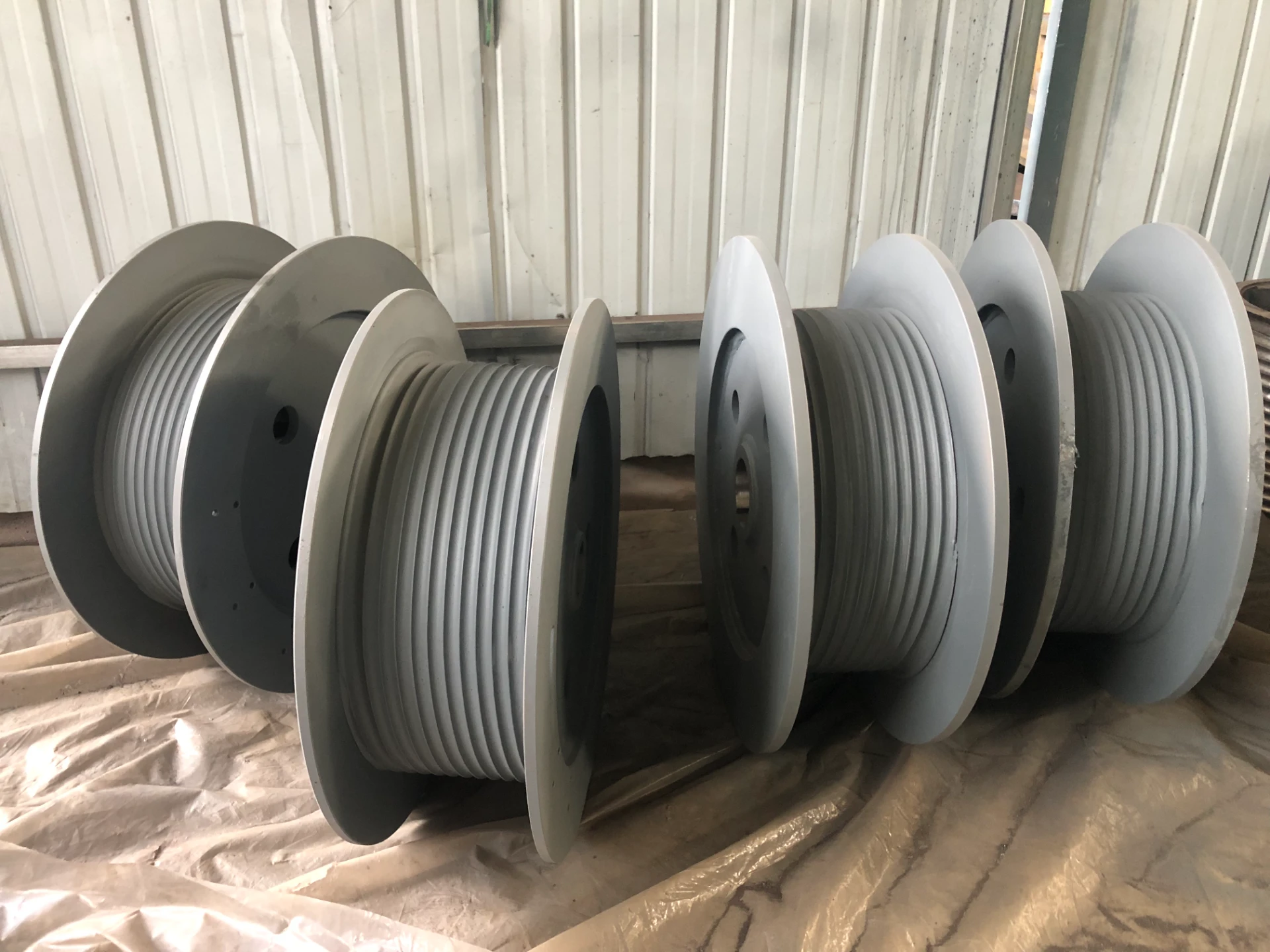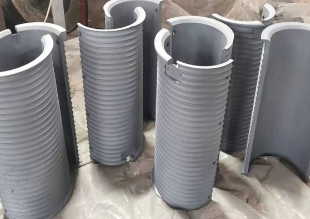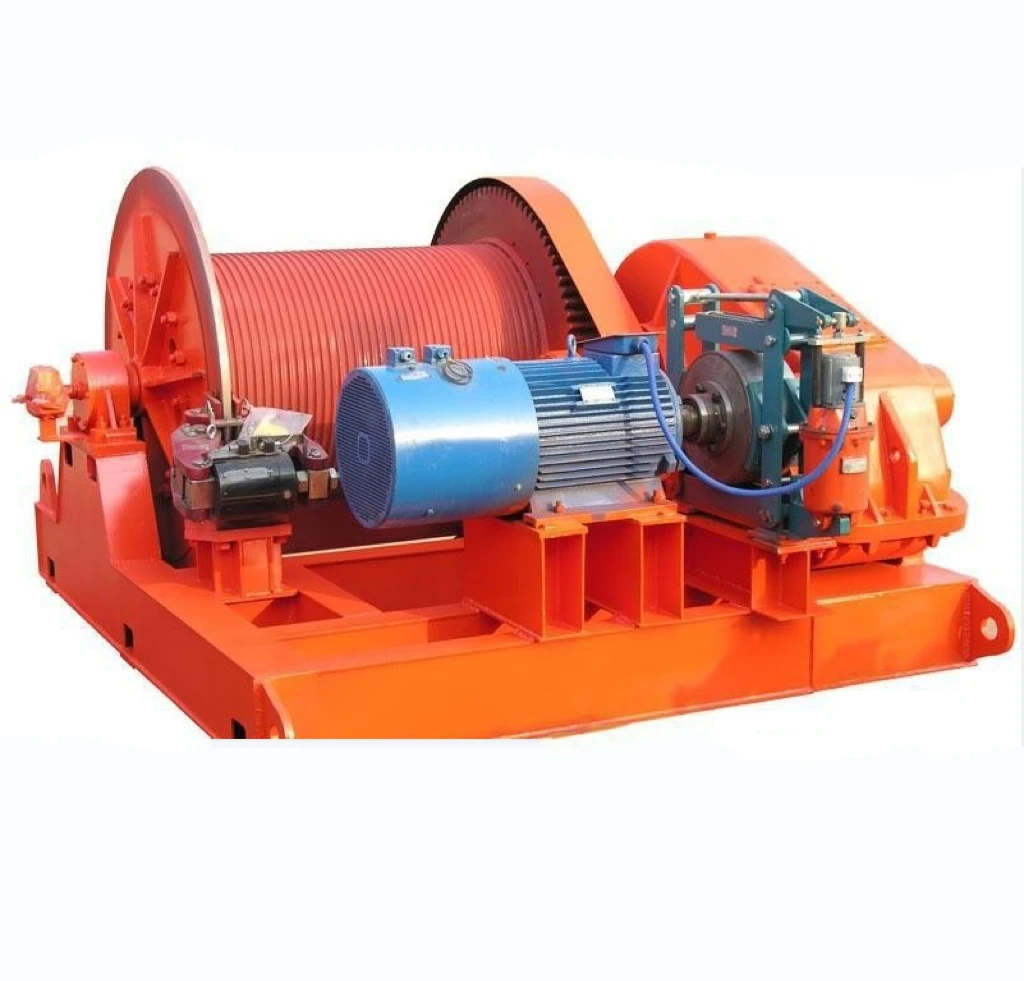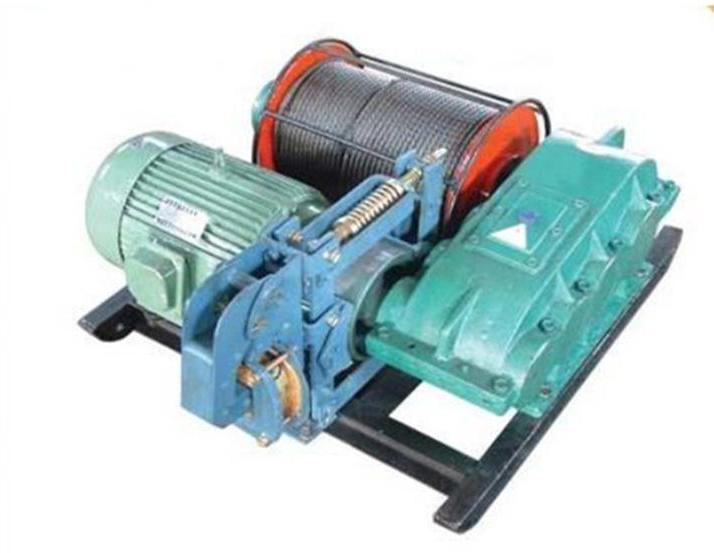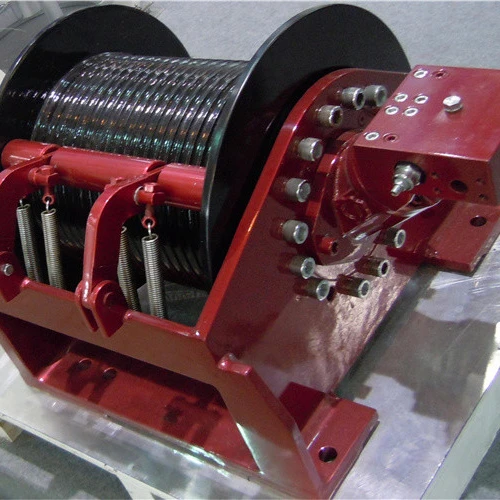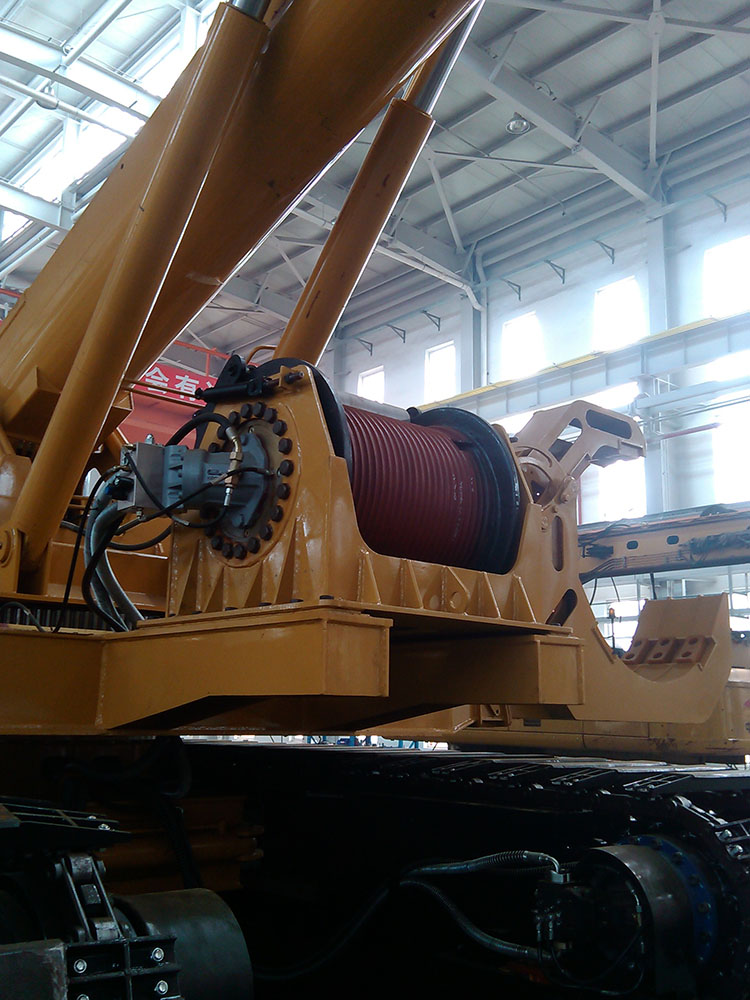Hydraulic Hoist Winch: Powering Heavy Lifting with Safety and Precision
Why Hydraulic Hoist Winches Matter in Today’s Industry
Here’s something you probably don’t think about every day: the humble hydraulic hoist winch. Yet, it’s this piece of engineering that quietly keeps massive projects moving, literally. Across shipping yards, remote mining sites, and emergency response operations, this device helps lift, pull, and position heavy loads with precision and power.
Globally, as industries push toward larger, faster, and more efficient workflows, understanding hydraulic hoist winches is crucial. According to recent ISO standards on lifting machinery (ISO 12640-1), the efficiency and safety margins required for lifting equipment have stepped up considerably. Simply put: better winches mean safer, faster, and more cost-effective operations.
What’s fascinating is how this technology bridges multiple sectors—from humanitarian aid to industrial manufacturing—making it a global workhorse with surprisingly widespread relevance.
Understanding the Hydraulic Hoist Winch: What Is It Exactly?
At its core, a hydraulic hoist winch is a device that uses hydraulic power to wind or unwind a cable or rope, facilitating the lifting or pulling of heavy objects. Unlike electric or manual winches, the hydraulic systems offer greater torque and smoother control, especially under challenging conditions.
Think of it as the muscle behind cranes, elevators, and rescue rigs. By harnessing pressurized fluid, it converts that force into rotational motion on the drum that reels the cable in or out.
In modern contexts, from offshore oil rigs to disaster relief setups, this means heavier loads moved more safely and with less environmental impact than older mechanical systems.
Core Components and Key Factors
1. Durability
These winches stand up to harsh environments — saltwater, dust, freezing temps — thanks to rugged materials and protective coatings. Manufacturers typically use galvanized steel drums and marine-grade hydraulics to prevent corrosion, ensuring long-lasting performance.
2. Power & Torque
Hydraulics deliver immense pulling power. Because pressure can be finely controlled, operators can smoothly lift or lower heavy loads without jolting or sudden stops — critical for loads that can shift unexpectedly.
3. Scalability & Modularity
Modern winches adapt to various sizes and power sources, from small portable rigs to massive industrial hoists. Modular components allow easy upgrades and maintenance.
4. Cost Efficiency
Though initial purchase costs might be higher, hydraulic hoist winches often save money over time due to lower maintenance, fuel efficiency (when combined with smart hydraulic systems), and reduced downtime.
5. Safety Features
Integrated brake systems, emergency stops, and overload detection mechanisms reduce operational risks, vital for workplace safety compliance under global standards.
Hydraulic Hoist Winch Specifications (Example Model)
| Specification | Details |
|---|---|
| Max Load Capacity | 12,000 kg |
| Drum Diameter | 280 mm |
| Cable Length | 30 m |
| Operating Pressure | 210 bar |
| Weight | 350 kg |
| Power Source | Hydraulic pump (compatible with diesel or electric systems) |
How Different Vendors Stack Up
| Vendor | Max Capacity | Special Features | Price Range |
|---|---|---|---|
| PowerLift Inc. | 10,000 kg | Smart overload sensors, remote control | $8,000 - $12,000 |
| HydraGear Solutions | 15,000 kg | Modular drum design, eco-friendly fluids | $10,000 - $15,000 |
| WinchPro Global | 12,000 kg | Integrated brake system, compact build | $9,500 - $14,000 |
Real-World Applications of Hydraulic Hoist Winches
In the frantic aftermath of natural disasters, fast and safe relief logistics matter. Hydraulic hoist winches play a vital role there—lifting debris, assisting in vehicle recovery, and moving supplies where roads are damaged or nonexistent.
Mining sites across Australia and South Africa rely heavily on these winches to transport heavy drilling equipment up steep inclines, where electric systems might falter under dust and moisture.
Offshore wind farms in Europe illustrate another innovative use: hydraulic hoist winches handle turbine blade installation and maintenance, where precision and load control are non-negotiable.
In everyday industrial shipping ports, these winches improve cargo handling speed, reducing delays and improving staff safety.
The Tangible Advantages and Lasting Value
- Cost Efficiency: Lower maintenance and fuel consumption mean better returns.
- Safety: Reduced worker injuries due to stable load control and built-in safety mechanisms.
- Environmental Impact: Hydraulic fluid recycling and use of eco-friendly materials help curb carbon footprints.
- Reliability: Proven durability in harsh conditions translates to less downtime.
- Social Impact: Safer workplaces support worker dignity and morale.
Frankly, many engineers say investing in a high-grade hydraulic hoist winch is less about just lifting loads — it’s about lifting productivity, safety, and even team confidence.
Looking Ahead: Innovations to Watch
The future of hydraulic hoist winches looks smart, green, and integrated. Digital controls linked with IoT sensors enable real-time monitoring of load, winch health, and predictive maintenance, avoiding costly breakdowns.
Meanwhile, there’s increasing adoption of biodegradable hydraulic fluids and solar-powered hydraulic pumps for more sustainable operations—pretty important as global regulations tighten environmental standards.
Automation is another hot topic. Remote control and semi-autonomous winching reduce the risk for operators, especially in hazardous or hard-to-reach locations.
Challenges and How the Industry Is Addressing Them
Despite their strengths, hydraulic hoist winches face challenges like fluid leaks, maintenance complexity, and upfront cost barriers for smaller users. In remote areas, sourcing parts and specialized technicians can be difficult.
Innovations like sealed hydraulic circuits, modular component swaps, and comprehensive remote diagnostics are emerging solutions. It’s kind of like giving these machines their own check-up app.
FAQ: Your Top Questions on Hydraulic Hoist Winches
- Q: How do hydraulic hoist winches compare to electric winches?
- A: Hydraulic winches typically offer higher torque and better performance in extreme environments like underwater or dusty mining sites, whereas electric winches are easier to maintain indoors or light-duty settings.
- Q: What maintenance does a hydraulic hoist winch require?
- A: Regular checks focus on hydraulic fluid levels and quality, inspecting hoses for leaks, drum wear, and testing safety brakes. Preventive care extends equipment lifespan significantly.
- Q: Can hydraulic hoist winches be customized?
- A: Absolutely. Vendors often tailor drum size, cable length, and control systems to suit specific operational needs — from rugged offroad lifting to precision industrial setups.
- Q: Are there environmentally friendly hydraulic winches?
- A: Yes, newer models use biodegradable fluids and energy-efficient pumps, reducing environmental impact.
- Q: Where is the best place to buy reliable hydraulic hoist winches?
- A: It’s best to source from specialists with solid warranty programs, strong after-sales support, and compliance with international standards—vendors like those listed above or visit hydraulic hoist winch providers.
In Closing: Why Choose the Right Hydraulic Hoist Winch?
Investing in a quality hydraulic hoist winch pays dividends in safety, efficiency, and reliability. Whether you’re managing an industrial site, running disaster response, or overseeing complex logistics, these machines can make the difference between bottlenecks and seamless operations.
So next time you hear about lifting heavy loads or complex offshore operations, know that a hydraulic hoist winch might be quietly doing the heavy lifting — literally.
Explore options, compare vendors, and see how the right hydraulic hoist winch fits your needs.
Visit our website for more insights and solutions: https://www.lbswinch.com
References
- ISO 12640-1:2010 – Cranes — Load chains and wire ropes — Part 1: Technical requirements
- Wikipedia: Winch
- United Nations Environment Programme
-
Hydraulic Drum Winches: Powering Heavy Lifting with Precision and DurabilityNewsNov.24,2025
-
Hydraulic Driven Winch – Reliable Heavy Lifting Solutions for Industry & ReliefNewsNov.24,2025
-
Hydraulic Crane Winch – Powerful & Precise Heavy Lifting Solutions | LBS WinchNewsNov.23,2025
-
Electric Over Hydraulic Winch: Efficient, Durable Lifting Solutions for Modern IndustryNewsNov.23,2025
-
Hydraulic Logging Winch Guide | Global Applications & InnovationsNewsNov.22,2025
-
Hydraulic Forestry Winch: Durable, Efficient Logging Equipment for Sustainable ForestryNewsNov.22,2025


